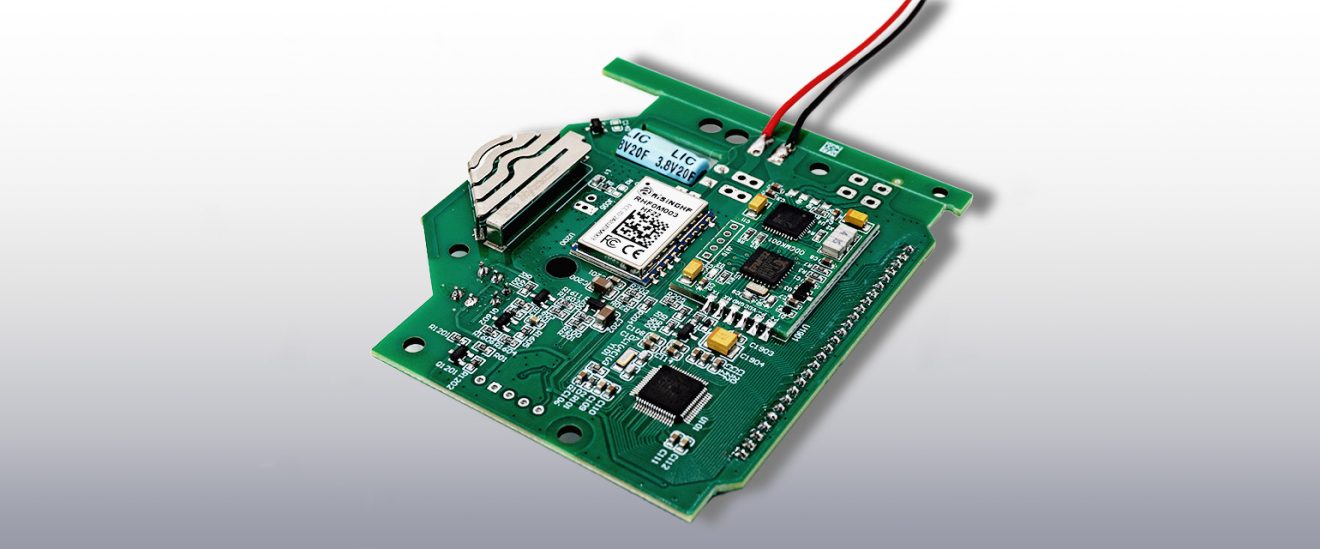In the rapidly evolving landscape of the Internet of Things (IoT), LPWAN antennas play a crucial role in enabling long-range communication with low power consumption. This article delves into the various types of LPWAN antennas, their applications, and best practices for deployment.

What are LPWAN Antennas?
LPWAN antennas are specifically designed to facilitate communication over long distances while consuming minimal power. These antennas are integral to technologies such as LoRa, Sigfox, and NB-IoT, which are tailored for IoT applications. But what makes these antennas unique? The answer lies in their ability to transmit data over several kilometers, making them ideal for smart city applications, agriculture, and asset tracking.
Types of LPWAN Antennas
There are several types of LPWAN antennas, each suited for different applications:
- Omnidirectional Antennas: These antennas radiate signals in all directions, making them ideal for applications where devices are spread out over a wide area.
- Directional Antennas: These antennas focus the signal in a specific direction, which can enhance range and signal quality in targeted applications.
- Embedded Antennas: Often used in compact devices, embedded antennas are integrated into the device itself, providing a space-saving solution without compromising performance.
- External Antennas: These are mounted outside the device and can be adjusted for optimal signal reception, making them suitable for applications requiring flexibility.
Applications of LPWAN Antennas
The versatility of LPWAN antennas allows them to be utilized in various sectors:
- Smart Agriculture: Farmers use LPWAN technology to monitor soil moisture levels and crop health, optimizing irrigation and reducing waste.
- Smart Cities: LPWAN antennas support applications such as smart lighting, waste management, and environmental monitoring, contributing to urban sustainability.
- Asset Tracking: Businesses leverage LPWAN technology to track inventory and assets in real-time, enhancing operational efficiency.
- Healthcare: Remote patient monitoring systems utilize LPWAN antennas to transmit vital health data, ensuring timely medical interventions.
Best Practices for Deploying LPWAN Antennas
To maximize the effectiveness of LPWAN antennas, consider the following best practices:
- Conduct a site survey to identify optimal antenna placement.
- Choose the right type of antenna based on the specific application and environment.
- Ensure proper calibration and testing to achieve the best signal quality.
- Regularly monitor performance and make adjustments as needed.
For more insights on embedded antennas and their role in IoT connectivity, visit .
In conclusion, understanding LPWAN antennas is essential for anyone involved in IoT applications. By selecting the appropriate type and following best practices, you can ensure reliable and efficient communication across your network.






